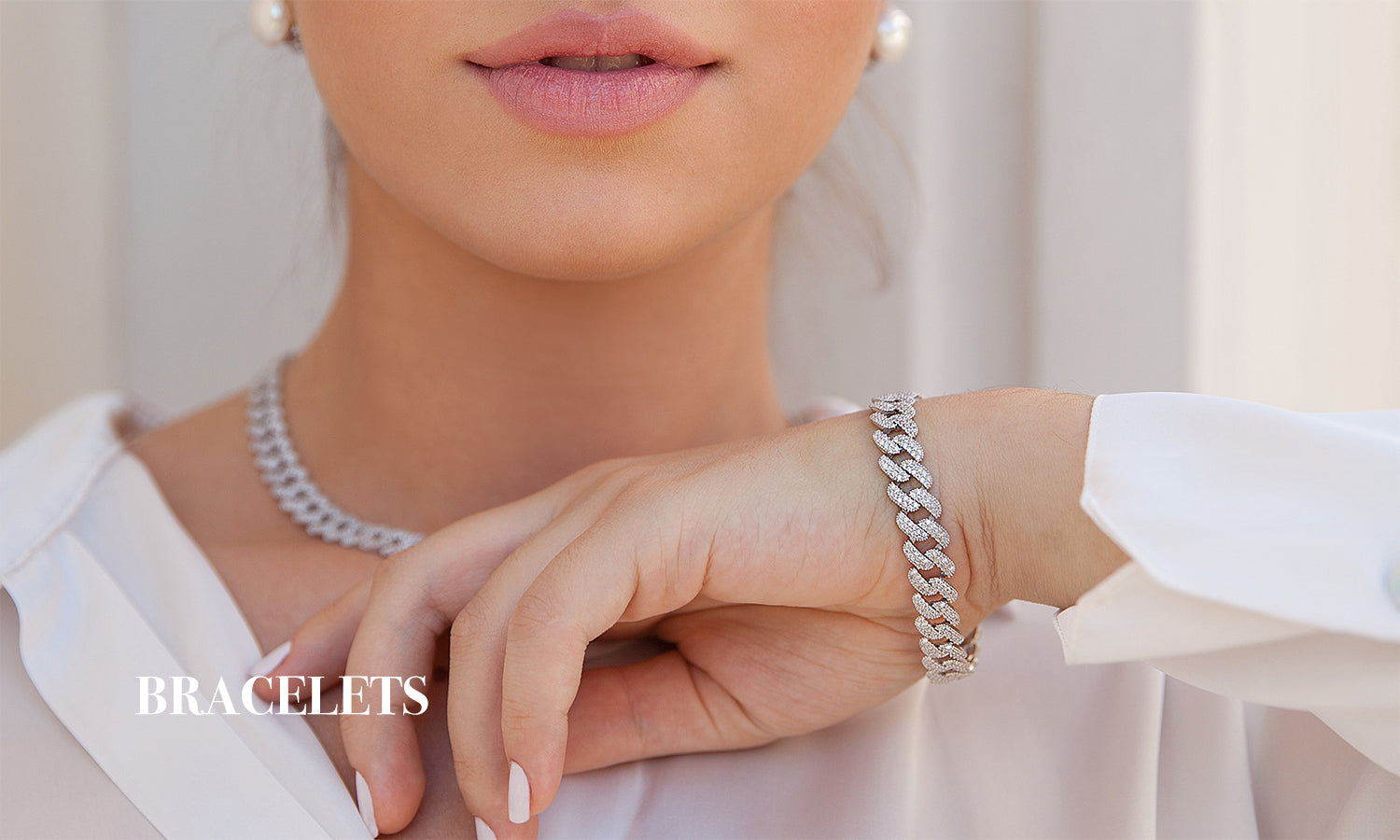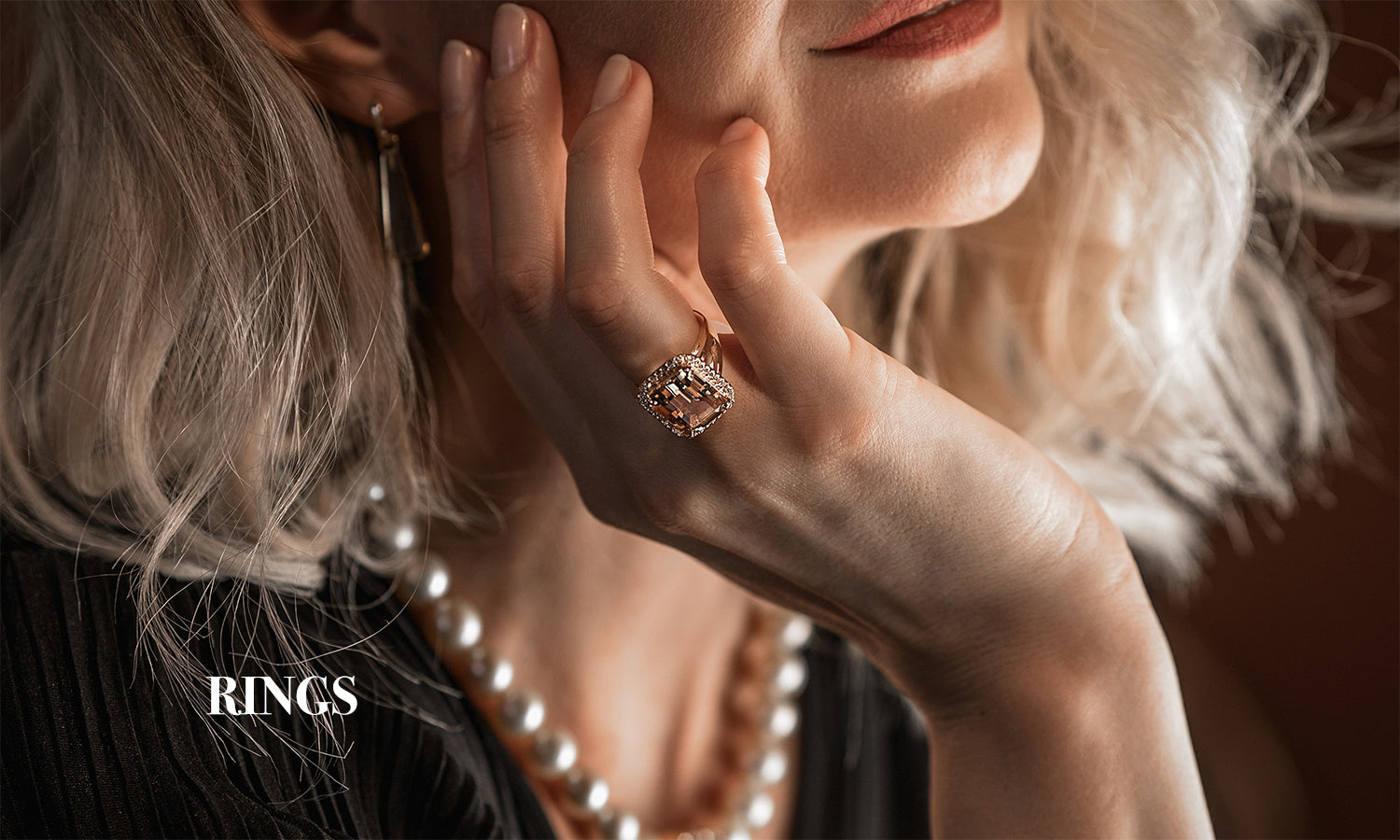In the world of fine jewelry, lab-created diamonds have emerged as a groundbreaking alternative to their natural counterparts. These diamonds, grown in controlled environments using advanced technological processes, offer not only the same physical and chemical properties as mined diamonds but also provide an ethical and environmentally friendly choice. This article explores the intricate structures and the unique advantages of lab-created diamond jewelry.
|
Aspect |
Details |
|
Definition |
Lab-created diamonds are synthetic diamonds produced using HPHT or CVD methods. |
|
Structure of Jewelry |
Includes solitaire, halo, pavé, micro-pavé, three-stone, and vintage settings. |
|
Ethical Considerations |
Conflict-free and sustainable, with a lower environmental impact than mined diamonds. |
|
Cost-Effectiveness |
More affordable than natural diamonds, allowing for larger or higher-quality stones within the budget. |
|
Quality and Variety |
Exceptional quality in color, clarity, and cut; available in a wide range of shapes and sizes. |
|
Popular Settings |
Prong, bezel, single halo, double halo, pavé, micro-pavé, three-stone, vintage, and antique designs. |
|
Benefits |
Combines tradition with innovation, offering beauty, quality, and ethical integrity. |
Understanding Lab-Created Diamonds

Lab-created diamonds, also known as synthetic or cultured diamonds, are produced in laboratories using two primary methods: High Pressure High Temperature (HPHT) and Chemical Vapor Deposition (CVD). Both methods simulate the natural conditions under which diamonds form beneath the Earth's surface.
- High Pressure High Temperature (HPHT):This method mimics the natural diamond formation process by applying extreme pressure and temperature to carbon sources.
- Chemical Vapor Deposition (CVD):This technique involves breaking down carbon-rich gases to form diamond crystals on a substrate.
These methods result in diamonds that are virtually identical to natural diamonds in terms of hardness, brilliance, and sparkle.
The Structure of Lab-Created Diamond Jewelry

Lab-created diamond jewelry encompasses a wide range of designs and settings, each meticulously crafted to enhance the stone's beauty and durability. Here are some popular structures and settings found in lab-created diamond jewelry:
1. Solitaire Settings:
- Prong Setting:The classic prong setting, where the diamond is held by four or six prongs, maximizes the stone's exposure to light, enhancing its brilliance.
- Bezel Setting:The diamond is encircled by a metal rim, providing excellent security and a modern, sleek appearance.
2. Halo Settings:
- Single Halo:A central diamond surrounded by a circle of smaller diamonds, adding extra sparkle and the illusion of a larger stone.
- Double Halo:Two concentric circles of diamonds around the center stone, creating a more dramatic and luxurious effect.
3. Pavé and Micro-Pavé Settings:
- Pavé Setting:Small diamonds are set closely together with minimal visibility of the metal, creating a continuous sparkling surface.
- Micro-Pavé Setting:Similar to pavé but with even smaller diamonds, allowing for intricate and delicate designs.
4. Three-Stone Settings:
- Symbolizing the past, present, and future, this setting features a central diamond flanked by two smaller diamonds, offering a timeless and elegant look.
5. Vintage and Antique Settings:
- Inspired by historical designs, these settings often include intricate detailing such as milgrain, filigree, and engraving, combined with lab-created diamonds for a blend of old-world charm and modern sustainability.
Advantages of Lab-Created Diamond Jewelry

1. Ethical Considerations:
- Conflict-Free:Lab-created diamonds are guaranteed to be conflict-free, as they are not sourced from regions with ethical and human rights concerns.
- Sustainable:The production of lab-created diamonds has a lower environmental impact compared to traditional diamond mining, which involves extensive land disturbance and resource consumption.
2. Cost-Effectiveness:
- Lab-created diamonds are generally more affordable than natural diamonds of similar quality, allowing consumers to purchase larger or higher-quality stones within the same budget.
3. Quality and Variety:
- With the ability to control the growth conditions, lab-created diamonds can achieve exceptional quality in terms of color, clarity, and cut.
- The availability of a wide range of shapes and sizes allows for greater flexibility and creativity in jewelry design.
Conclusion
Lab-created diamond jewelry represents a perfect blend of tradition and innovation, offering stunning beauty, exceptional quality, and ethical integrity. As consumers become increasingly aware of the benefits, the demand for lab-created diamonds continues to rise, revolutionizing the jewelry industry. Whether you're looking for an engagement ring, a statement necklace, or a timeless pair of earrings, lab-created diamonds provide a dazzling and responsible choice for every occasion.





